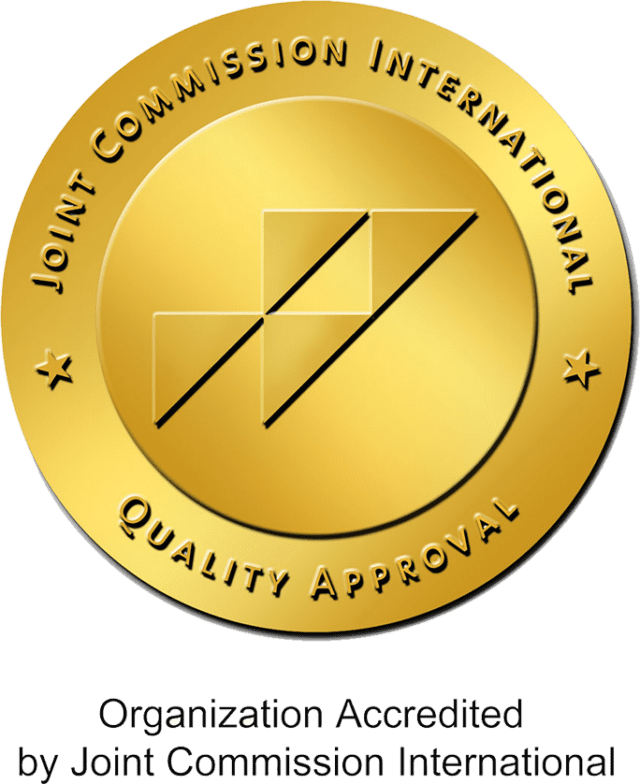We provide the best world-class treatment, service and care for all our patients.
Quality standards
Our modern laboratory has state-of-the-art instruments which are kept controlled and calibrated by a rigorous preventive maintenance program, as well as external quality control with the CAP (College of American Pathologists) and following JCI (Joint Commission International) standards. .
We have a variety of tests and services in the area of General and Special Hematology, General and Special Chemistry, Immunoserology, Microbiology (including fungi and mycobacteria), Quantitative Urinary Analysis, General Parasitology, and Molecular Tests.
Patient safety
It was planned to obtain an accreditation in terms of safety and quality, the organization chosen to work on this accreditation was: JCI (Joint Commission International). Finally, after three years of hard work, on August 3, 2011, Clínica Hospital San Fernando becomes the First Hospital in Panama to obtain such prestigious Accreditation. It has subsequently obtained re-accreditation in 2014, 2017, 2020 and recently in 2023, thus confirming its commitment to being a safe hospital.
The best way to deal with everything related to patient safety is to analyze the situations that can lead to adverse events, in a methodical and systematic way. Adverse events are defined as “Unintentional injury or damage caused by the care intervention carried out, not by the underlying pathology for which the patient was admitted. These events must be analyzed deeply because they are what happened in a moment. Adverse events can be classified into:
Avoidable Adverse Events defined as “unintentional injury or damage caused by the care intervention executed in error, not by the underlying pathology.”
Non-avoidable adverse event, which is the unintentional injury or damage caused by the healthcare intervention carried out without error, not by the underlying pathology.
For patient safety, emphasis is placed on preventable adverse events, which are those that are determined by the presence of human error, which may be due to omission or action. Errors of action are the result of doing what should not be done and the error of omission is not doing what should be done.
Once the occurrence of the adverse event has already been defined, a comprehensive analysis is carried out to identify the factors that conditioned the occurrence of the error and whether the causes of the error are related to the patient, the task and technology, the staff, work team, organizational environment and management. or institutional context. Once the analysis is completed, an action plan aimed at preventing errors is formulated. It must also include an education plan for the patient and family, and very importantly, the plan for disseminating the lessons learned, in such a way as to convert an adverse event into an opportunity for learning and continuous improvement.
As a consequence of establishing a culture of quality improvement and patient safety, there will be results for each and every one of the participants in this process, there will be a better understanding of the personal, professional or technical qualification that one has, they will be formed true work teams, the ability of each and every one to evaluate and evaluate themselves will be improved, they will learn to identify risk situations, to report weaknesses, to see each error as an opportunity for improvement and growth, a better projection will be achieved personal, professional and institutional, a better status will be achieved in the opinion of the community and that will be the best reward for the effort made.

